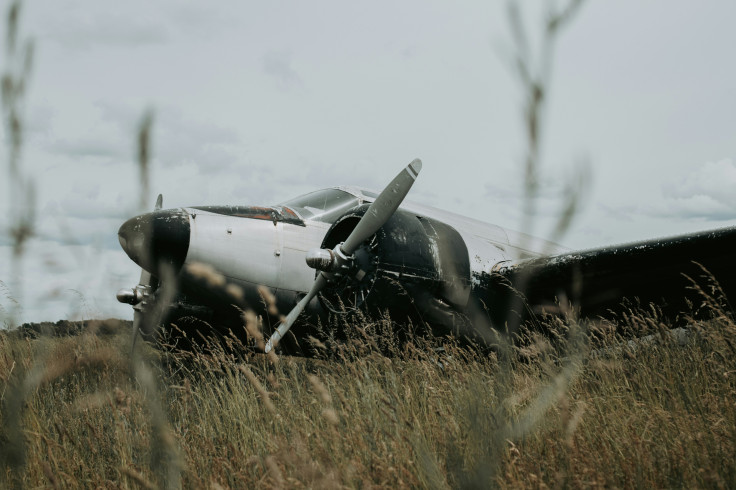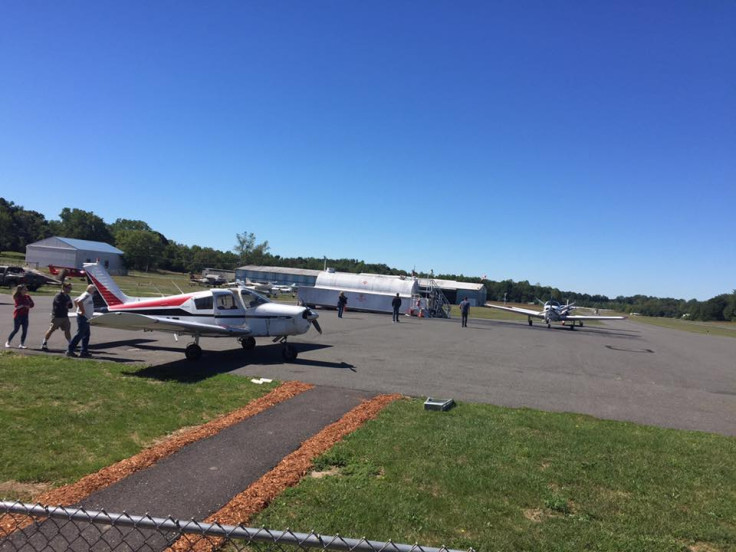
On 2 July 2025, a skydiving aircraft crashed shortly after take-off at Cross Keys Airport in Williamstown, New Jersey, sending shockwaves through the local aviation and extreme sports communities.
While initial reports focused on the injuries and dramatic emergency response, the incident has shed light on a deeper issue: the overlooked safety risks of skydiving operations at small US airfields.
Cross Keys Airport Crash: What We Know So Far
At around 5:25 pm local time, a Cessna 208B skydiving plane carrying 15 people crashed shortly after takeoff at Cross Keys Airport in Williamstown, New Jersey. According to 6ABC Action News, 14 individuals were taken to the hospital, including three who were airlifted in critical condition. Emergency crews reported extensive damage to the aircraft and found several passengers covered in jet fuel. One person declined treatment at the scene.
The Federal Aviation Administration (FAA) has opened a formal investigation into the New Jersey plane crash.
Cross Keys Airport, a small public-use airfield operated by Skydive Cross Keys, is known for its high-frequency skydiving activity. Past incidents at the site have raised concerns about the safety of skydiving flights at smaller regional airfields.

Skydiving Safety Failures: A Long-Standing Concern at Small US Airfields
Long before the Cross Keys Airport crash, the National Transportation Safety Board (NTSB) flagged critical safety lapses within the skydiving industry. A 2008 NTSB report pointed to inadequate pilot training, substandard maintenance, and poor oversight from the FAA. Many of these recommendations were never fully implemented.
Further scrutiny emerged in 2019 when investigative reports revealed the FAA had consistently failed to enforce safety reforms for parachuting operations. The Cross Keys incident mirrors past crashes involving Cessna 208B aircraft, which have been linked to mechanical failures and pilot misjudgement during skydiving missions.
Why Skydiving at Small Airports May Be More Dangerous Than You Think
Smaller US airfields like Cross Keys Airport often lack the infrastructure needed for high-risk operations such as tandem skydiving. Without control towers, advanced navigation systems, or standardised inspections, safety practices can vary widely. According to the National Academies Press, such airports face unique challenges in managing skydiving traffic, including limited oversight of parachute drop zones, ground movements, and coordination with other flights.
Historical data reinforces these concerns. The Philadelphia Inquirer reports at least 11 skydiving-related fatalities at or near Cross Keys since 2002. Despite its small size, the airport sees a disproportionately high volume of jumps, raising ongoing questions about its safety and preparedness.
FAA Skydiving Regulations: The Gaps Putting Lives at Risk
The FAA's current skydiving rules, found in Federal Aviation Regulations Part 105, leave much of the responsibility for safety in the hands of the operators. There is no requirement for the FAA to certify skydiving instructors, inspect aircraft for parachuting use beyond standard aviation checks, or monitor the frequency of jumps at small airports.
Although recent policy proposals aim to tighten these rules, implementation remains slow. As seen in the Cross Keys case, skydiving risks at small airports often go unnoticed until tragedy strikes.
Lessons from the Cross Keys Skydiving Crash
The Cross Keys Airport crash highlights ongoing safety concerns at small skydiving airfields. Investigators and aviation experts continue to question whether current regulations are sufficient to address the risks posed by high-volume skydiving operations, particularly at smaller, less-equipped facilities.







